General Info – summary
This hardy Tree with light brown or grey bark & a shortish, thick trunk may reach 15m x 30cm. Non-toxic milky latex is released from damaged parts. Simple Leaves are leathery. The surface is glossy dark green above & yellow-orange below. Small, regular, cauliflorous Flowers are bisexual. 5 stamens & a single superior ovary are present. Fruit is a fleshy edible berry with 1 or 2 ellipsoidal seeds lacking endosperm.
Description
Englerophytum magalismontanum
Previous Names: Bequaertiodendron magalismontanum, Boivinella argyrophylla, Boivinella wilmsii, Chrysophyllum antunesii, Chrysophyllum magalismontanum, Chrysophyllum wilmsii, Neoboivinella wilmsii, Pachystela antunesii, Pachystela magalismontana, Pouteria magalismontana, Sideroxylon randii, Zeyherella farannensis, Zeyherella magalismontana.
SA Tree No. 581.
Common names: (Afr) Stamvrug. (Eng) Milkplum, Transvaal Milkplum, Stem Fruit, Wild plum. (isiZulu) Amanumbela, UmNumbela, Umnungumabele, Umthongwane. (Northern Sotho) Mohlatswa, Motlhatswa. (siSwati) UmNumbela. (Tshivenda) Munombelo. (Xitsonga) Nombhela.
Family: Sapotaceae. (Stamvrug, latex-yielding family). This usually tropical family includes 35-75 genera and approximately 800 species. Local genera with trees on this website include Englerophytum, Inhambanella, Mimusops, Sideroxylon and Vitellariopsis. Branches exude latex. Leaves are simple and entire with closely parallel secondary veins. Stipules are absent. Flowers are bisexual and usually actinomorphic (regular). There are persistent Sepals and fused Petals. The number of Stamens of stamens and petals is the same. Staminodes may be present outside the fertile stamens. The superior Ovary has locules containing a single ovule. One Style and 1 Stigma are present. Fruit is a berry. Seeds have a thick brown shiny testa (seed coat) with a distinct scar. There are 7 genera and 14 species in southern Africa.
Name derivation: Englerophytum – named after Gustav Heinrich Adolf Engler (1834-1930). He was a German botanist famous for his system of plant classification. Even now, his system of plant classification, is still used by many herbaria. magalismontanum refers to the Magaliesberg mountains, which run from north of Pretoria (Tshwane) to just south of Pilanesberg. It was here that the plant was first collected and described. The common name “Stamvrug” – “fruit on the stem” is a significant description. There are 2 species of Englerophytum in southern Africa. The other is E. natalensis.
Conservation: National Status: L C. (Least Concern). Assessment Date: 2005 (W. Foden and L. Potter).
Tree
Under ideal forests conditions, these evergreen Trees are up to 15m high. They are usually much shorter on mountaintops, and among rocks. Here the shorter, stout stems are often crooked. In poor conditions (exposed, poor soil, fire hazard, high wind etc.), they can be as short as 1m high. The rounded Crown is compact (photo 48). This shape and the dark shiny foliage have the ability to reflect light (photo 48). This also makes identification easier. The Stem (main axis of the plant, the leaf and flower bearing as distinguished from the root-bearing axis – photo 249) may be up to 30cm wide. The smooth Bark is light brown or grey (photo 249), slightly scaly and flakes with age. Branches may reach down to the ground (photo 376) and are marked by scales of past fruit. Young stems are densely covered with dark reddish/brown hairs (photo 725). On steep slopes, the roots may be seen twisting around rocks. Rupturing the plant results in milky, non-poisonous, latex oozing out (photo 412 – under Fruit).
- 48. 2015/05/04 Northcliff Eco Park. Photo: David Becking.
- 693. 2019/03/13 Bella Bella Limpopo. Photo: David Becking.
- 376. 2017/08/03 Pretoria NBG. Photo: David Becking.
- 249. 2015/10/12 Northcliff Eco Park. Photo: David Becking.
- 725. 2015.11.03 Northcliff Eco Park. Photo: David Becking.
Leaves
Leaves tend to be clustered towards the ends of short branches. Very young leaves are golden brown (photo 210). Here the flattish sides partly bend over the leaf rachis making young leaves V-shaped in cross-section (photo 210). The Upper surface of these single bladed leaves is glossy, dark green and simple (has a single blade, which may have incisions that are not deep enough to divide the blade into leaflets). The Lower surface has silvery to red, gold or brown shiny hairs. A bloom (a delicate powdery coating on some fruits and leaves) may obscure this colour. This bloom can give the leaves a blue-grey shiny appearance in young leaves and is easy to rub off (photo 597). The thick and leathery mature leaves are lance to oval or obovate-elliptic shaped and usually up to 19 x 5cm (photo 262). The Midrib is prominently raised below (photo 271) and sunken above (photo 262). The almost parallel lateral veins are numerous (photo 262). They may be difficult to see behind the hair. Between these parallel veins, an additional smaller network of veins is visible with a hand lens. Leaves usually have a sub-marginal vein. The rolled under Margin (photo 262) is entire (with a continuous margin, not in any way indented). The round Apex may be notched or bluntly pointed (photo597) and frequently has a short hair-like tip. The rounded or narrow Base may taper and runs slightly down the stout Petiole (leaf stalk photo 271). The petiole is up to 4mm wide and 2,5cm long. As the young leaf ages, the petiole bends at the junction of the blade (photo 262 and 725 under Tree) allowing the blade to hang out almost horizontally (photo 597). Stipules (basal appendages of the petiole) are slender and only up to 7mm long (photo 725 – under Tree). They are caducous (an organ or part, which is easily detached and shed early).
- 597. 2018/01/30 Pretoria NBG. Photo: David Becking.
- 210. 2014/02/17 Marakele NP. Photo: David Becking.
- 271. 2015/10/12 Northcliff Eco Park. Photo: David Becking.
- 262. 2015/10/12 Northcliff Eco Park. Photo: David Becking.
Flowers
The strongly and slightly unpleasantly scented (for us) small Flowers are Cauliflorous (the production of flowers and fruits directly from the branches or trunks of woody or tropical plants) and may occur in large groups (photo 148). This presentation is similar to the Stem-fruit Ironplum (Drypetes natalensis var. natalensis) and the tree fuchsia Halleria lucida). They also develop in axils of fallen leaves. Brownish-pinkish red flowers are in Fascicles (condensed or close cluster of flowers). Each flower rest on distinct hairy Pedicel (stalk of a single flower photo) up to 1,2cm long (photos 148 & 154 and 726 under Fruit). Flowers change from cream coloured to brownish-pink and are small – about 1cm long. These bisexual flowers are actinomorphic (Regular, symmetrical. Flowers are vertically divisible into similar halves by more than 1 plane passing through the axis). The Calyx has 5 Sepals which are in a single whorl and are more or less free. The Corolla has 5 overlapping Petals which are whitish or deep red-brown. The 5 Stamens are epipetalous (attached to the petals) at the top of the corolla tube. Here the glabrous (hairless) Anthers are extrorse (turned outwards). There is a single Pistil (a unit of the Gynoecium, the female element of the flower, composed of the Ovary, Style and Stigma). The superior Ovary has a single short Style. (Jul-Dec).
- 148. 2014/08/21/ Northcliff Eco Park. Photo: David Becking.
- 154. 2014/08/21 Northcliff Eco Park. Photo: David Becking.
Fruit
The ellipsoidal, leathery skinned, fleshy and plumb-shaped Fruit is a one seeded ellipsoidal Berry (pulpy, indehiscent fruit like a grape or tomato) that is up to 2,5 x 2cm. These berries are usually located on old wood (photo 416) and on knobbly spur branchlets. The initially green fruit (photo 412) becomes distinctively red when ripe (photo 416) and contains a high level of vitamin C. A persistent Calyx is visible (photo 412). The fruit has a thin, leathery outer layer and the remains of a persistent Style is just visible (photo 412). The fruit has a distinct odour – pleasant / unpleasant – opinions differ. Each fruit produces one, occasionally 2 large ellipsoid Seeds – each about 2,5cm long. They are whitish or pale brown, with a narrow scar up to 2mm wide on the side. The brown Testa (seed coat) is smooth (photo 424) and endosperm (the starch and oil-containing tissue of many seeds; often referred to as the albumen) is absent. (Dec-Feb).
- 726. 2015/11/03 Northcliff Eco Park. Photo: David Becking.
- 412. 2015/12/30 Northcliff Eco Park. Photo: David Becking.
- 416. 2015/12/30 Northcliff Eco Park. Photo: David Becking.
- 424. 2015/12/30 Northcliff Eco Park. Photo: David Becking.
Distribution & Ecology
The reasonably hardy, often hilltop Trees are relatively fast growing, often occuring among rocks or on rocky outcrops and at altitudes between 550 and 2 000m. The rocks are usually associated with Quartzite (rock composed almost entirely of quartz. It is non-foliated and usually forms from the metamorphism of sandstone e.g., the Northcliff Eco Park – photo 48 – under Tree) and Granite (an igneous rock that develops underground when silica rich molten rock cools). Trees are drought, cold and, to a certain extent, fire resistant. This plant is common in Gauteng: Pretoria, Johannesburg e.g., Northcliff Eco Park where it is the dominant tree on the north-facing slope, and nearby Melville Koppies. These plants also occur in Magaliesberg as well as the northern part of KwaZulu-Natal, Mpumalanga e.g., the western bank of the Blyde River Canyon, Limpopo and North West e.g., in the hills close to the tower in Marakele National Park (photo 210 under Leaves). They also occur in Zimbabwe, Swaziland, central Botswana, northern Mozambique, Malawi, Zambia and into tropical Africa. The larva of the attractive red-winged (with transparent upper parts) Butterfly “Boisduval’s False Acraea” (Pseudacraea boisduvali tritrimenii) feeds on these leaves, and the leaves of other plants e.g., species of Mimusops. Monkeys, baboons and birds feed on the Fruit and the Roots provide food for bushpigs.
Ethnobotany
The dark green Leaves shine in the sun and this helps with identification. This characteristic is shared with Olea europaea subsp. africana and Rhamnus prinoides. The Fruit has a strong sweet taste and needs to be picked early – before the arrival of many different animals, both big and small. It is used to make jelly, syrup and alcoholic beverages like brandy. The Wood is a uniform light brown and shows little distinction between heartwood and sap wood (photo 176). It is small and not much used. This plant may be of use to indicate quartzite rocks (photo 48 – under Tree). The plant can be Propagated by cuttings or seeds. Fresh Seeds should be used for propagation. Planted seeds take some time to develop. They do best in sandy soil. Local medicine makes use of the fruit and roots.
- 176. 2019/08/13 Skukuza Nursery. Photo: David Becking.
References
Boon, R. 2010. Pooley’s Trees of eastern South Africa. Flora and Fauna Publications Trust, Durban.
Burrows, J.E., Burrows, S.M., Lotter, M.C. & Schmidt, E. 2018. Trees and Shrubs Mozambique. Publishing Print Matters (Pty) Ltd. Noordhoek, Cape Town.
Coates Palgrave, M. 2002. Keith Coates Palgrave Trees of Southern Africa, edn 3. Struik, Cape Town.
Foden, W. & Potter, L. 2005. Englerophytum magalismontanum (Sond.) T.D.Penn. National Assessment: Red List of South African Plants version 2020.1. Accessed on 2023/04/25.
Lawrence, G. H. M, 1951. Taxonomy of Vascular Plants. The Macmillan Company, New York. Tenth Printing 1965.
Palmer, E. & Pitman, N. 1972. Trees of southern Africa. Balkema, Amsterdam, Cape Town.
Schmidt, S. Lotter, M. & McCleland, W. 2002. Trees and Shrubs of Mpumalanga and the Kruger National Park.
van Wyk, B. & van Wyk, P. 1997 Field guide to Trees of Southern Africa. Struik, Cape Town.
Woodhall, S. 2020. Field Guide to BUTTERFLIES of South Africa. Struik.
http://www.plantzafrica.com/plantefg/voteplant.php
http://www.zimbabweflora.co.zw/speciesdata/species.php?species_id=143760
http://www.prota4u.org/protav8.asp?p=Englerophytum+magalismontanum
http://posa.sanbi.org/flora/browse.php?src=SP

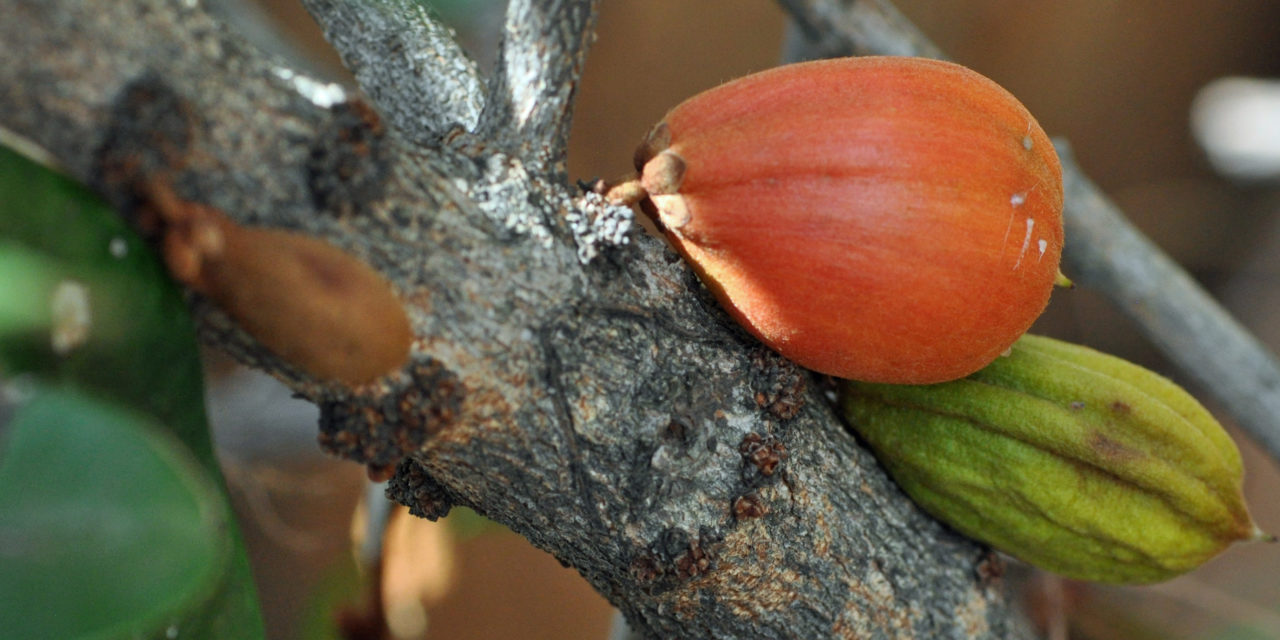
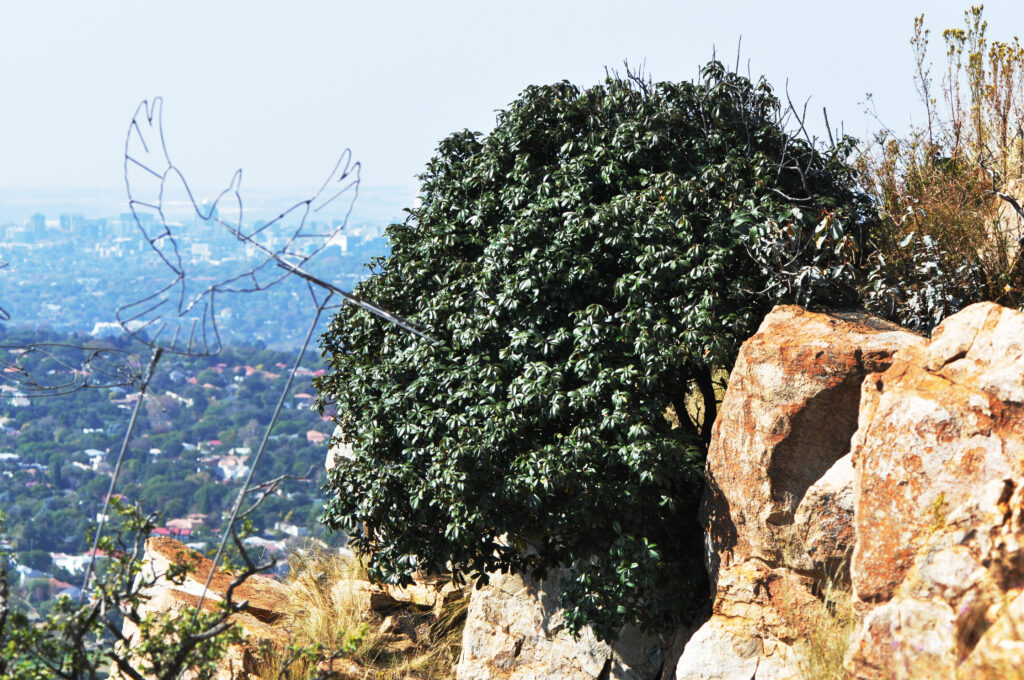
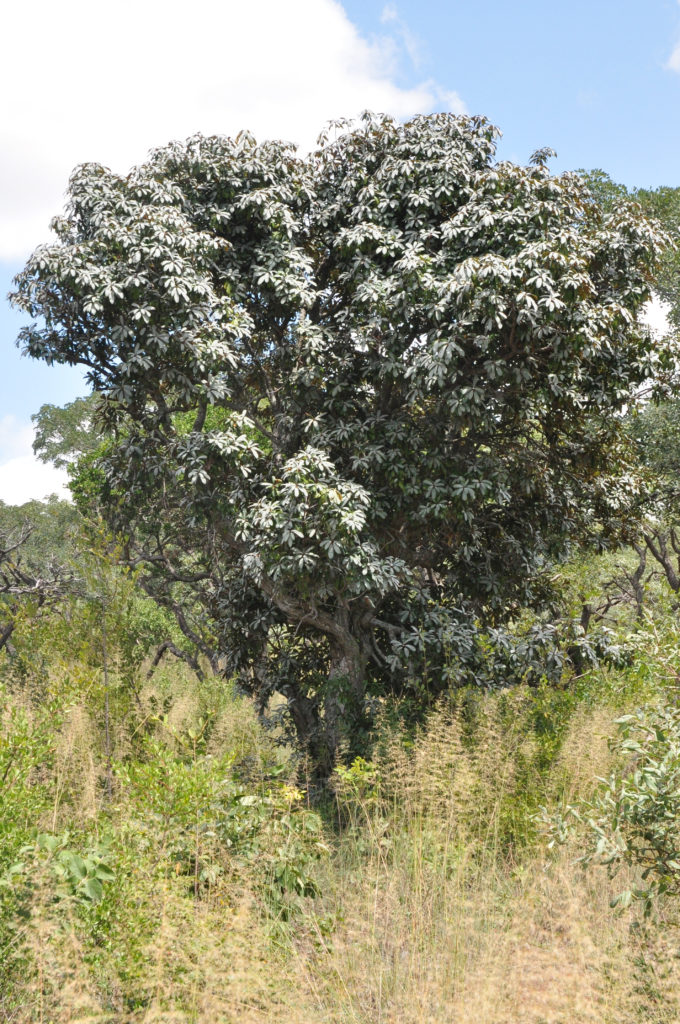
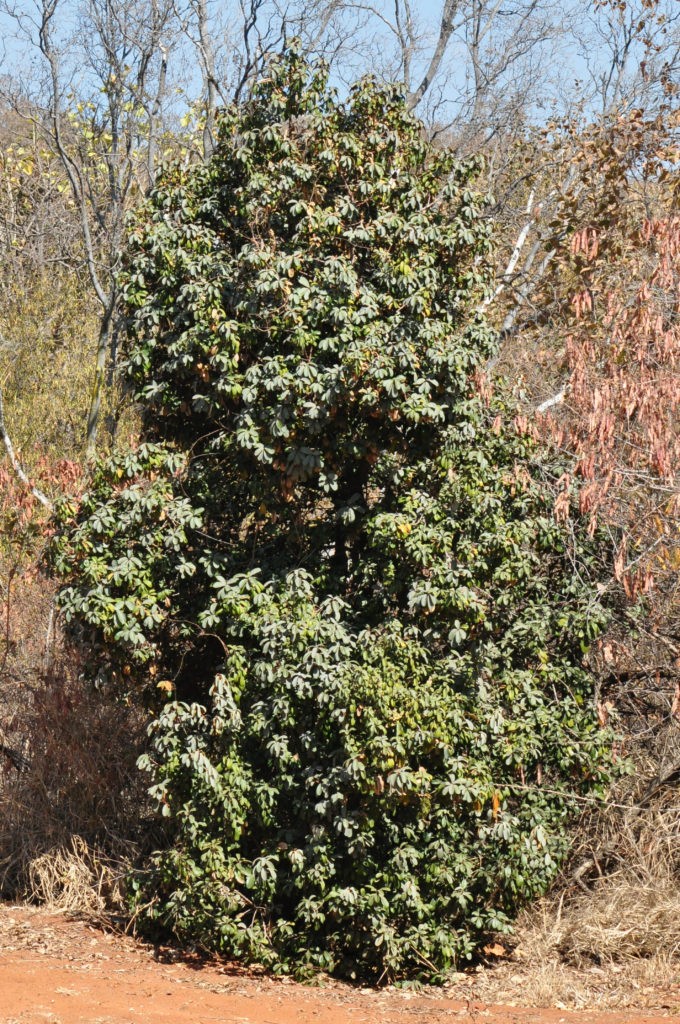
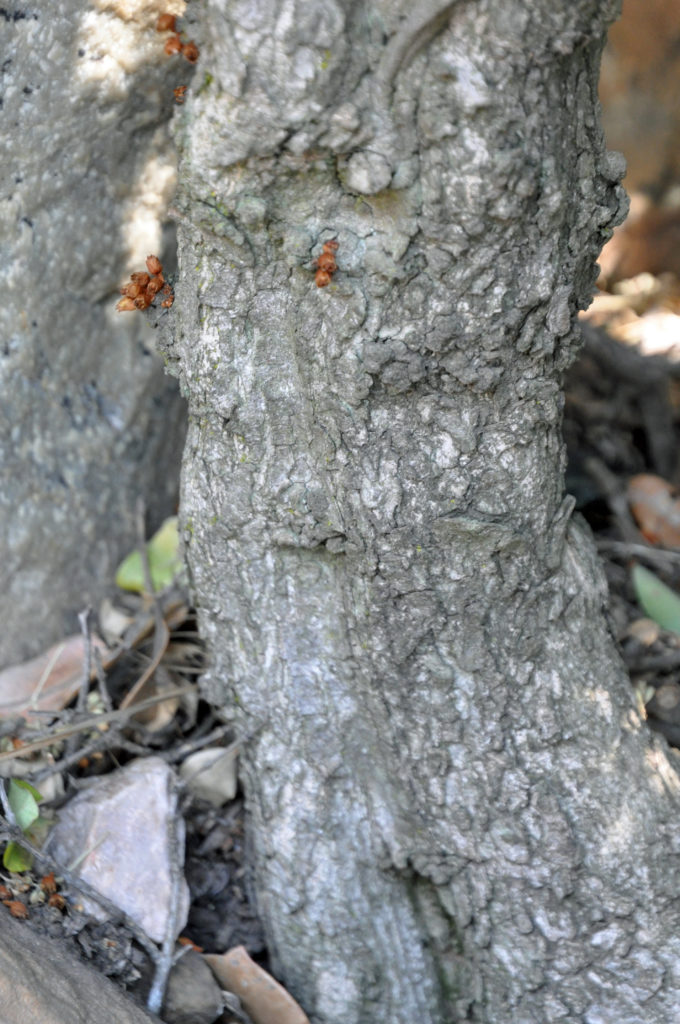
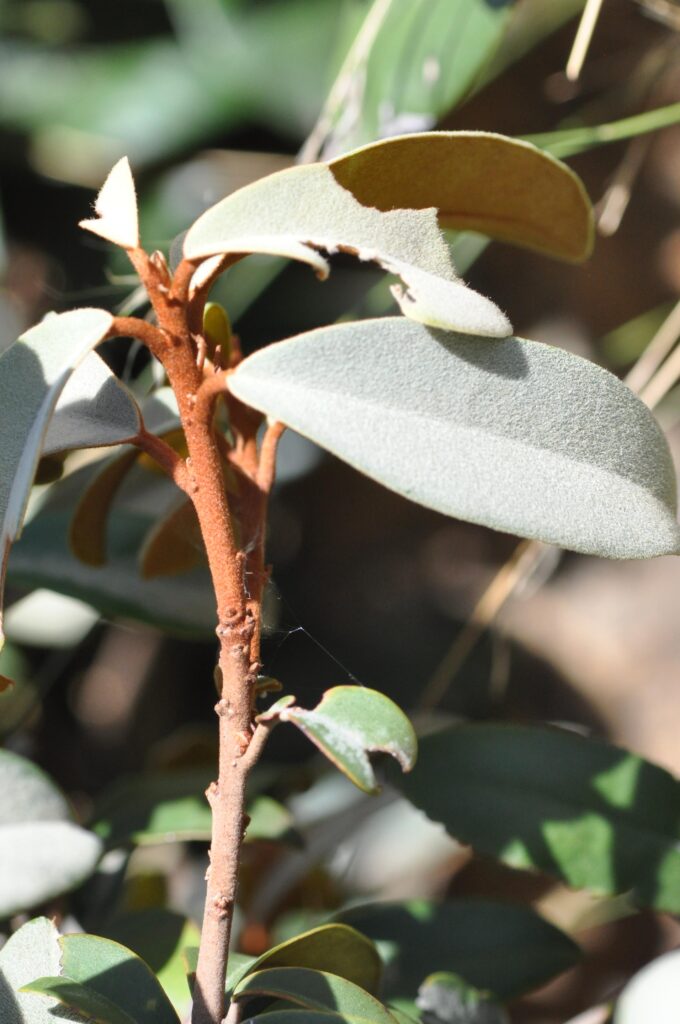
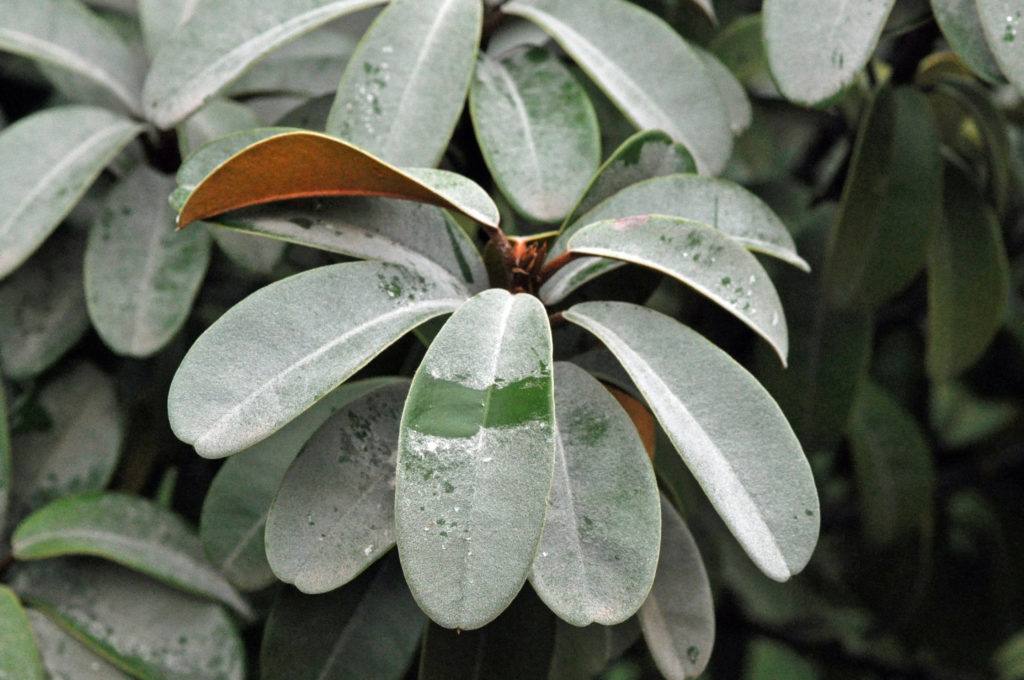
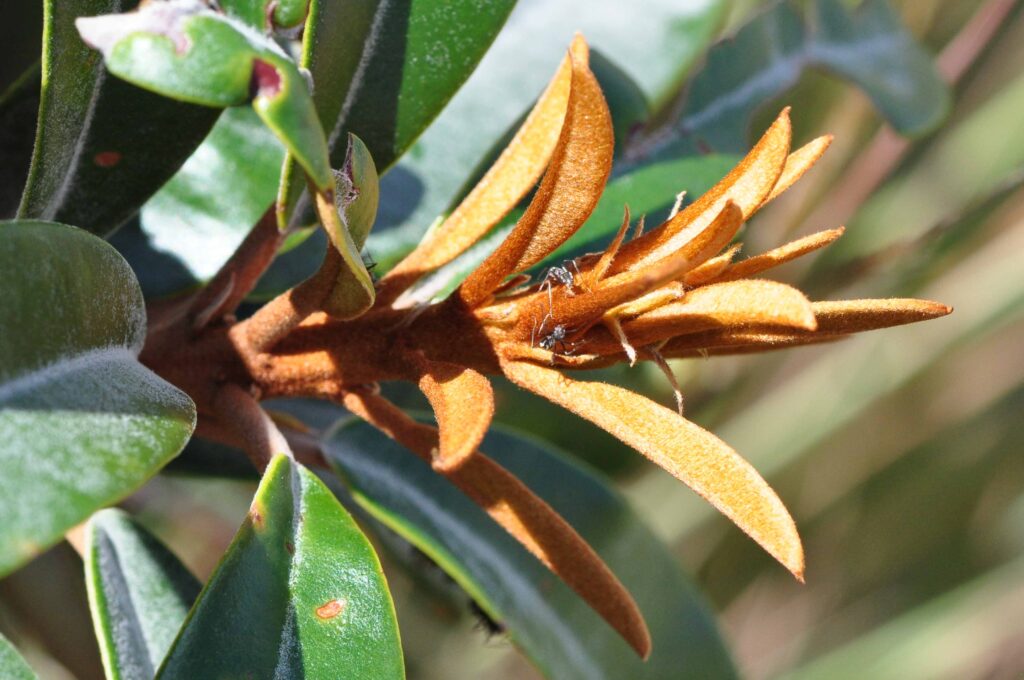
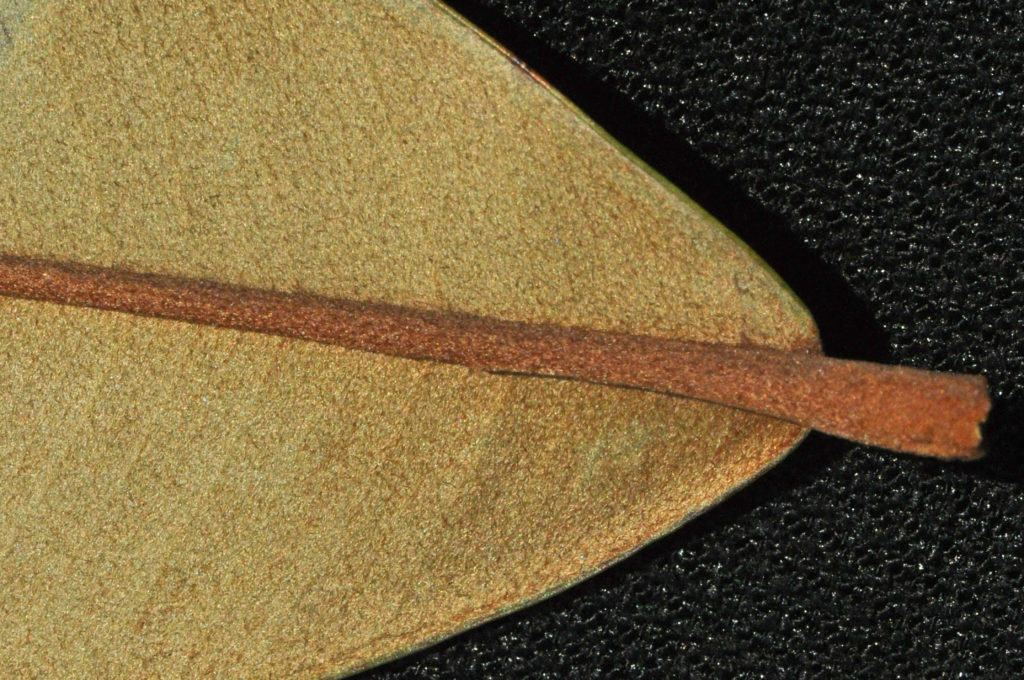
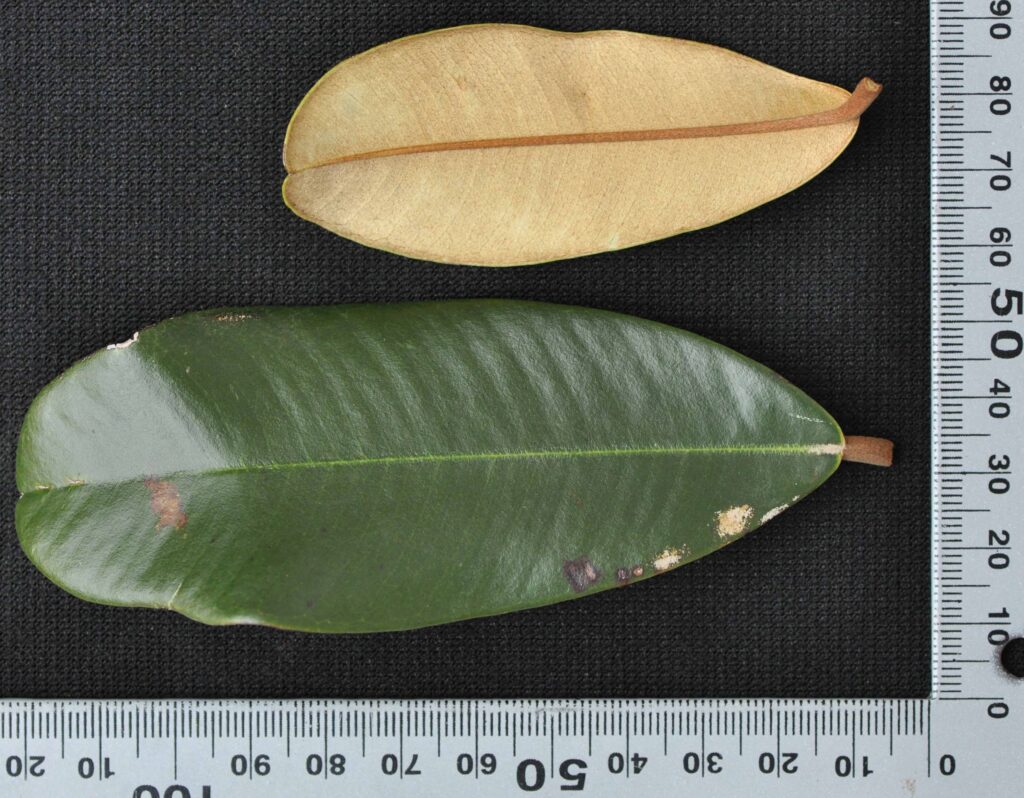
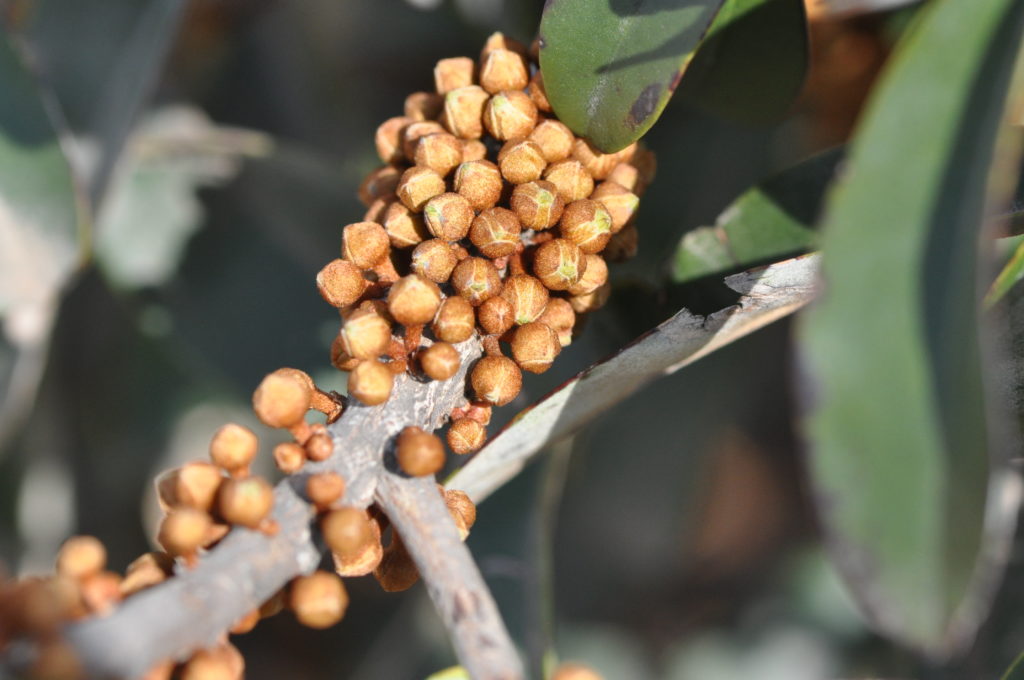
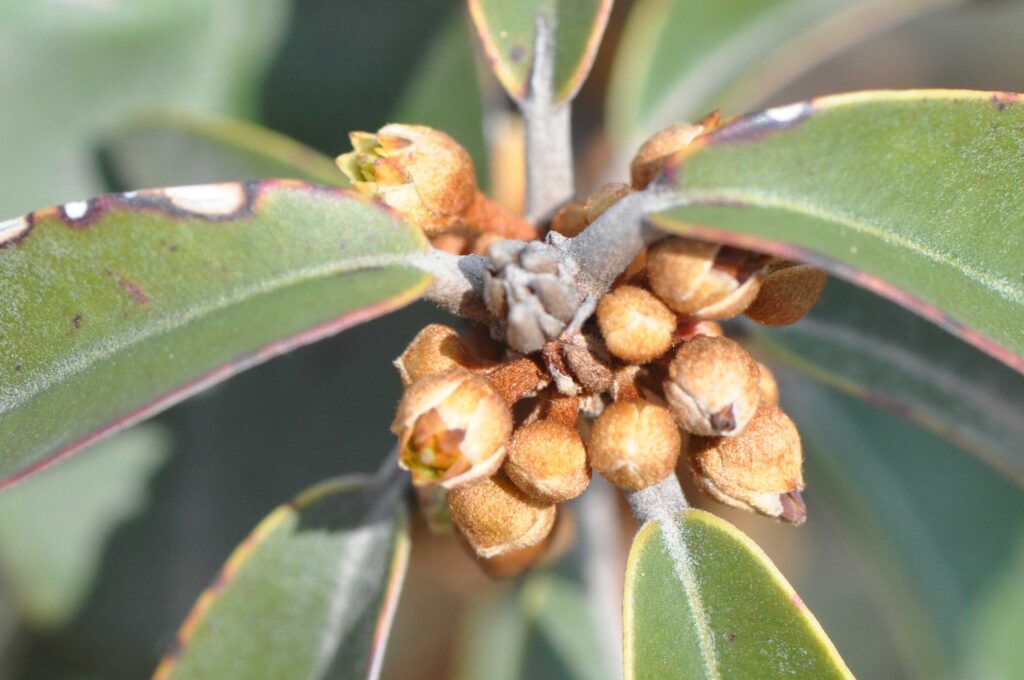
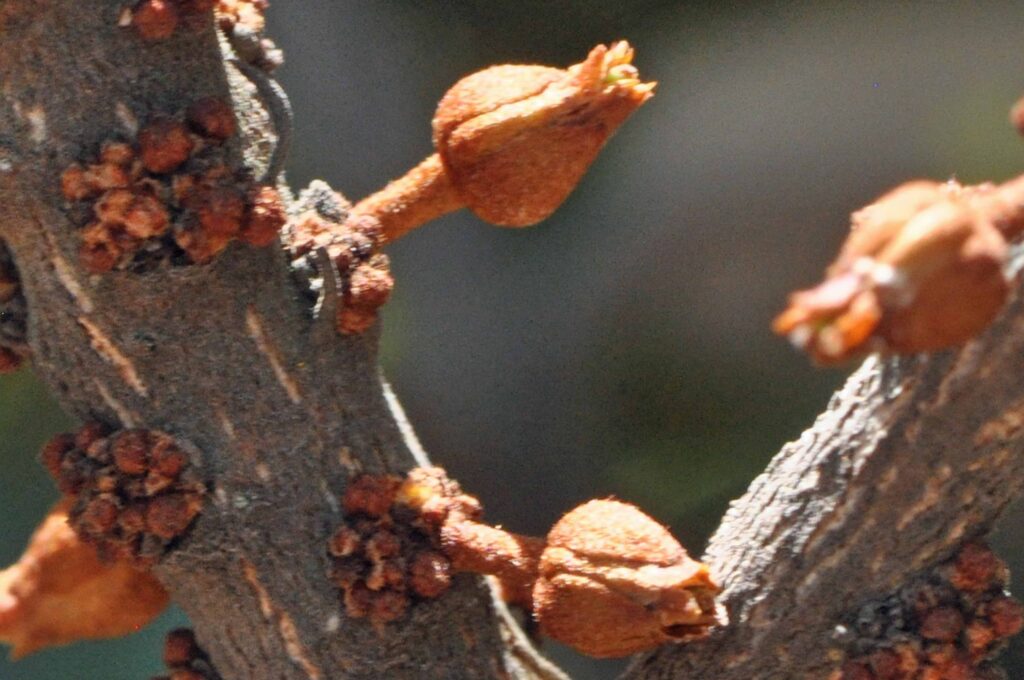
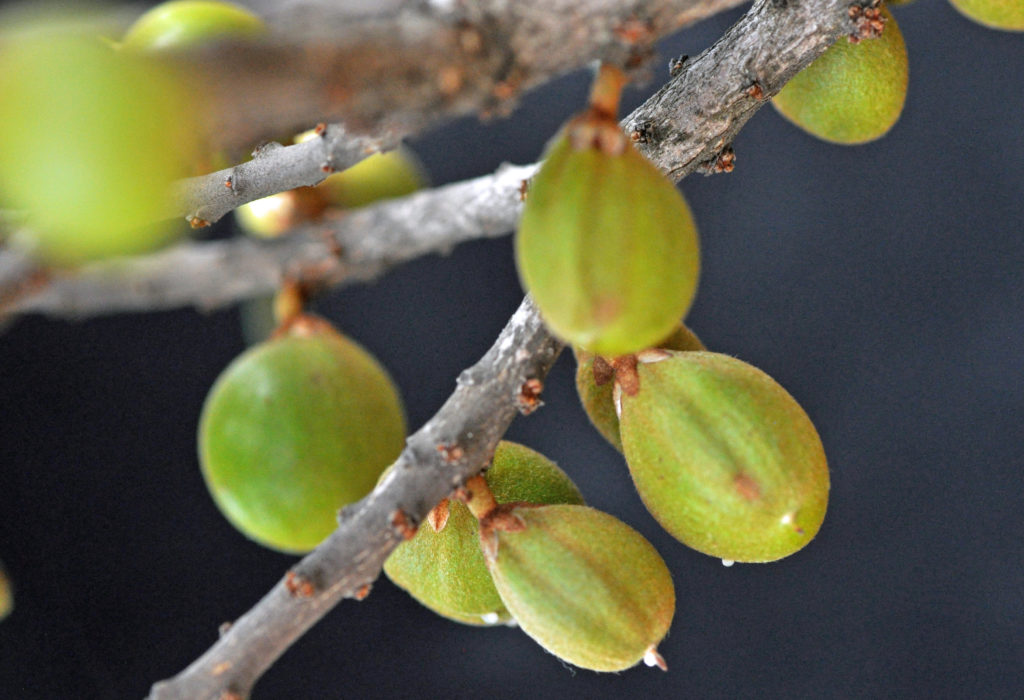
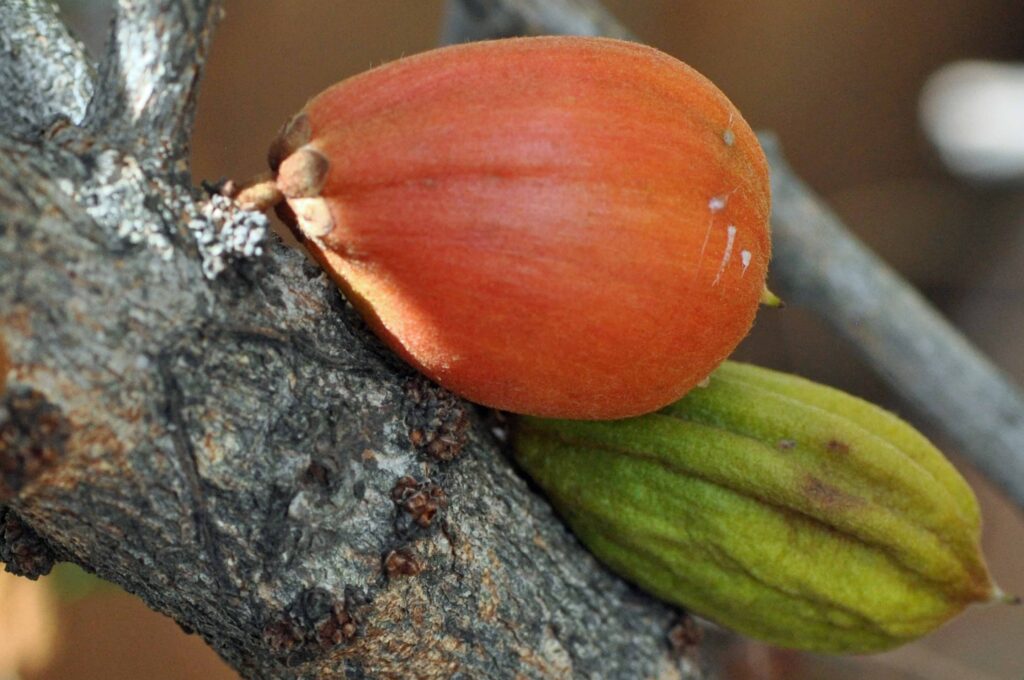
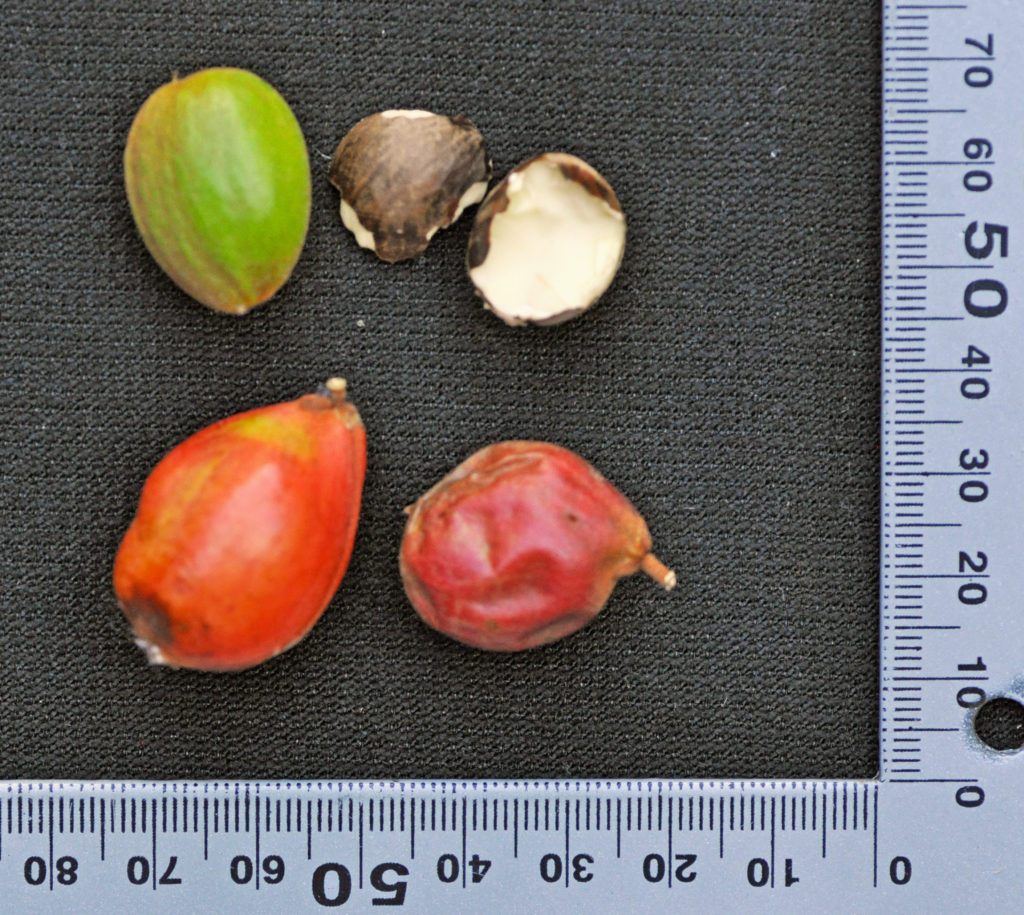
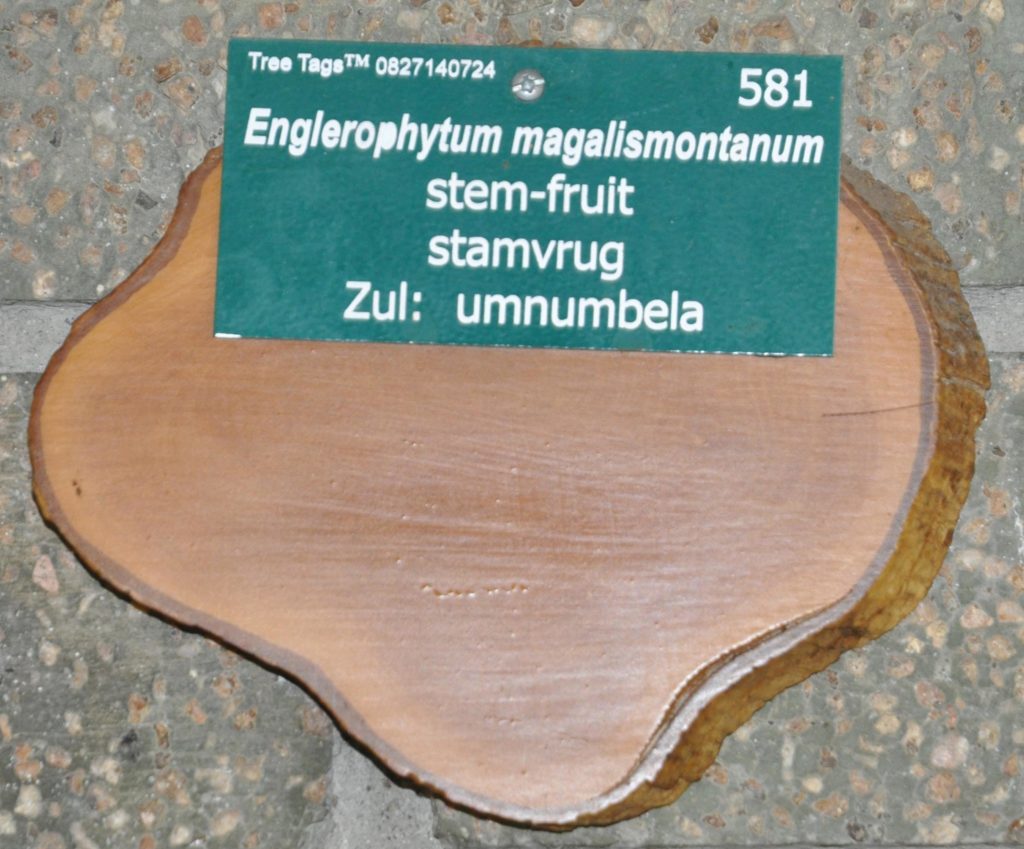
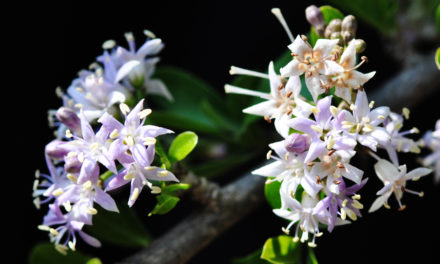
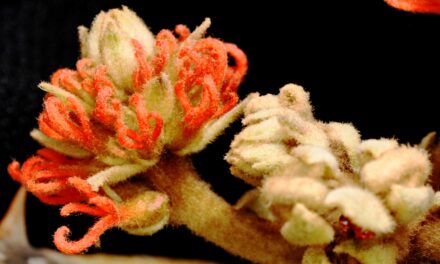
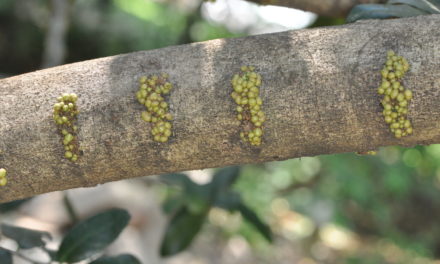
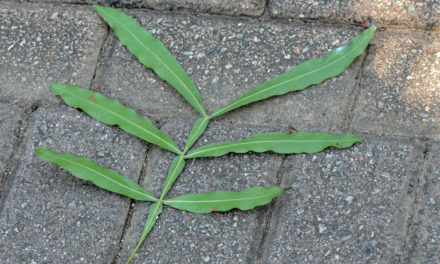
I’m of opinion that the person who first identified the plant was prof Bequart? Kindly clear misunderstanding?
Thank you. I have removed the problem that you raised.
David Becking
Greetings from Johannesburg
Thank you for your info about this plant. South Africa does have some amazing trees, and this is one of my favourites.
Take care.
David Becking.